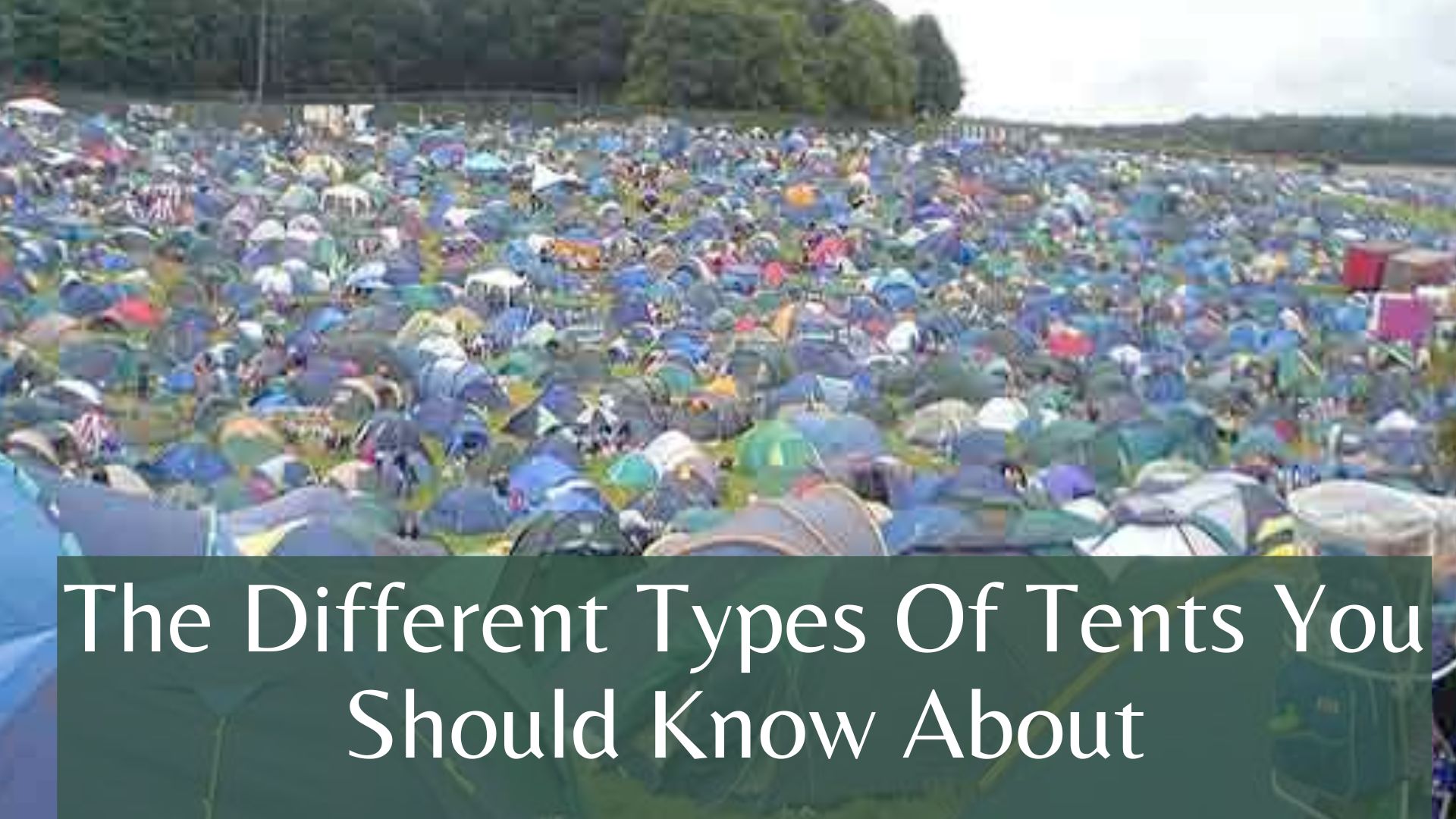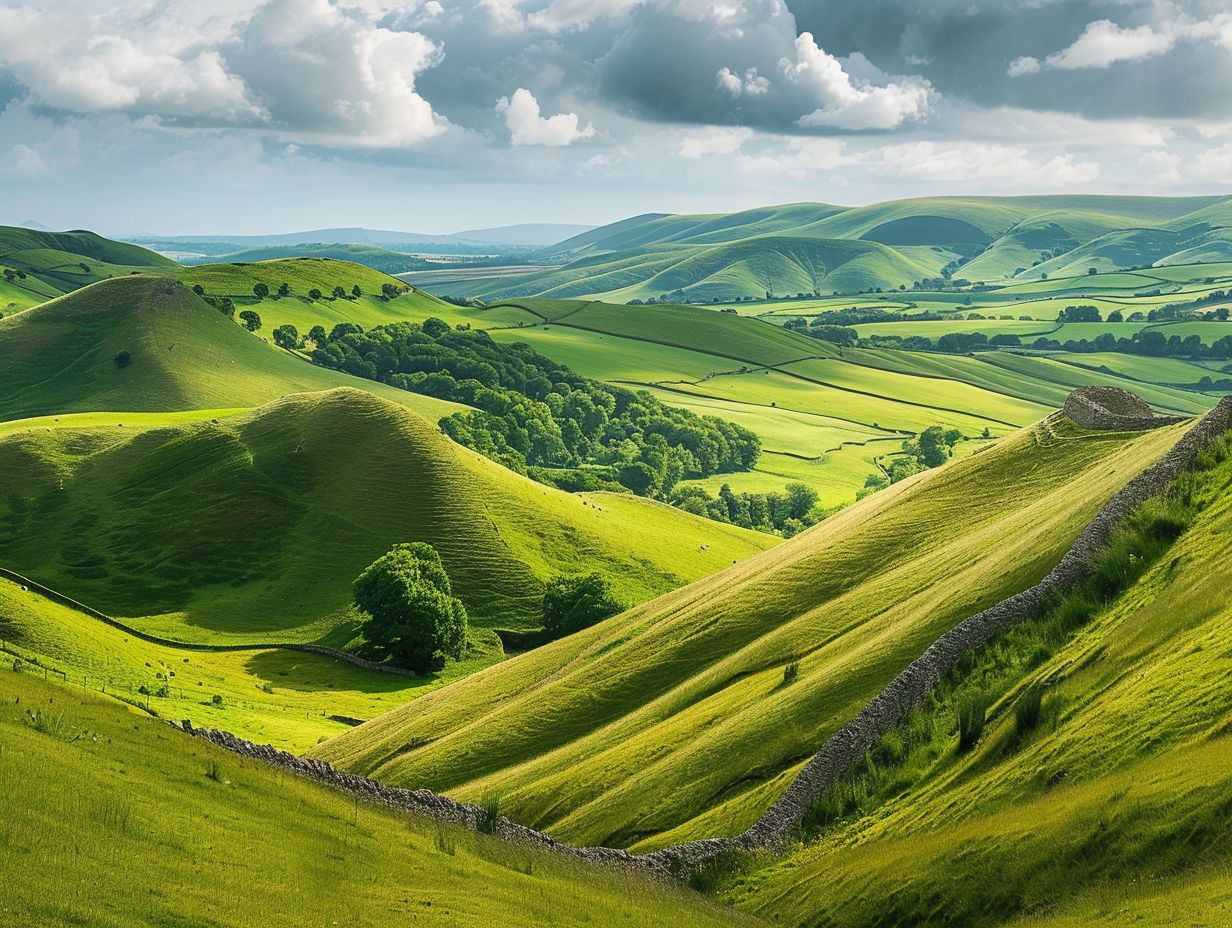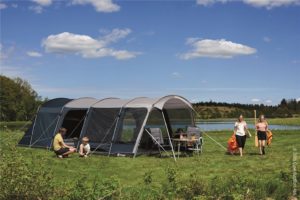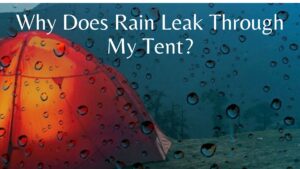

Tents are a staple when it comes to spending a night or more outdoors whilst you are on the move. They date back all the way to the early ages of human civilization when temporary shelters were much needed by all sorts of people from travellers and wanderers to soldiers alike. Tents have been an important part of human dwellings as they not only provide shelter but are also portable, making movement across vast distances much easier. It was a matter of survival in the early ages.
In the twentieth century, however, tents have evolved, becoming used largely for recreational purposes. With the advancement of technology and the widespread production of different types of materials, there exist many different types of tents.
Whilst tents are a common item and most have been in one, not many know that there are a plethora of tents, each with its distinct features and uses. With different features come different advantages and disadvantages, making them more suited for certain environments and preferences. Hence, if you’re planning to go on a camping trip anytime soon, here are some types of tents you should know about.
Ridge Tent
You’ve probably seen them in old shows and cartoons, the Ridge tent is one of the classics when it comes to camping. Its design is relatively simple and effective, with a pole called a ridge running across the frame of the tent to support the very top of it. This gives it its signature A-frame look.
Ridge tents whilst simple in design, do come with the downside of being small and lacking in headroom space. This makes it more suited for solo travellers and those who don’t intend to stay inside the tent for long.
Dome Tent
Dome tents are probably the most common commercial tent available due to their popularity amongst novice campers. Recognisable by their curved frame structure, dome tents are an all-rounder when it comes to tents.
It is easily set up by intersecting two poles at the top of the tent, creating a square base and dome-shaped roof. The dome shape gives it ample headroom as compared to ridge tents, and the wider base allows for a higher capacity and storage space.
Many dome tents also come with additional features such as a rainfly and even a porch attachment.
Pop-Up Tent
If you value convenience, pop-up tents may be to your liking. Tents typically require some sort of set-up and may be a hassle to infrequent or novice campers.
Pop-up tents on the other hand, as the name suggests, simply pop open. This makes it extremely easy to use and you will be ready to settle down in a matter of seconds. Its design also makes it compact and easier to carry around.
Tunnel Tent
Tunnel tents are the go-to tents for large families or large groups sharing a tent. Made up of a series of flexible pools that run through the length of the tent, tunnel tents are extremely spacious, offering tons of liveable space.
Geodesic Tent
Extreme weather and harsh climates require rigid tents, and no tent does it better than geodesic tents.
The crisscrossing poles that make up the frame create a tent that is perfect for camping trips in windy deserts or harsh mountain climates. These types of tents can withstand high wind speeds and provide ample headroom as well.
Inflatable Tent
Inflatable tents are one of the fairly new types of tents and aren’t a common sight yet. You would mostly see them being set up at events or even special occasions. They require no poles and are instead pitched by being inflated with air, meaning that an air pump is needed. This makes it fairly easy to set up as well, but a drawback would be its higher cost.
Backpacking Tent
Backpacking tents are a hiker’s best friend. They are specially designed to be lightweight, compact, and easy to pitch. These Low-lying tents allow hikers to rest during the night whilst keeping things light enough so as to not be a bother to them while on the move.
Vis-A-Vis Tent
Privacy is something that you normally wouldn’t get when it comes to sharing a tent. However, with this type of tent, in particular, there are two compartments for sleeping and additional shared space in the middle. This gives you some privacy whilst sleeping, and a space to congregate in the middle.
Types Of Tent Materials
Cotton/Canvas Tents
Cotton or canvas tents are a popular choice amongst campers due to their ability to provide ventilation as well as temperature regulation. The tiny holes in the material allow for adequate airflow while remaining watertight, preventing dust from building up. The insulating property of cotton helps keep the interior cool during the summer and traps warmth during the winter as well.
PVC Coated Tents
PVC coatings on tents are fairly common as well as it creates an additional waterproof barrier. When it comes to these types of tents, it is essential to ensure adequate ventilation to prevent condensation from occurring.
Polyester Tents
Most modern tents nowadays are made out of polyester. It is one of the most economically efficient tents due to its low cost but breathable and lightweight properties.
Nylon Tents
Nylon is a great alternative to polyester. It is arguably lighter in weight, and depending on the coatings used, have varying levels of protection against harsh weather elements. Much like polyester, nylon fibres don’t absorb water as well but may slack when wet. Hot weather conditions also cause faster deterioration rates as compared to polyester.
Conclusion
When it comes to choosing a tent, it is important to take note of the type of tent as well as the various materials that it is made out of. Whilst all tents generally serve the same purpose, different types of tents may be more suited for different types of camping trips and weather conditions. Comfort should also be on your checklist when picking out a tent, and the right one will make your experience that much better.
Share:
By submitting your email address, you are agreeing to receive marketing emails from theexpertcamper.co.uk.
We’ll never share your email address and you can unsubscribe at any time. Privacy policy
Related Posts

A Seasonal Guide To Hiking In The Peak District
Are you ready to lace up your hiking boots and explore the stunning landscapes of the Peak District? This seasonal guide will take you through

Hiking Challenges Preparing For Your First Ultrahike
Are you ready to take your hiking adventures to the next level? Ultra-hiking offers a unique combination of physical and mental challenges, breathtaking scenery, and

Ecofriendly Hiking Tips For Sustainable Adventures
Are you an outdoor enthusiast looking to minimise your impact on the environment while enjoying the great outdoors? Eco-friendly hiking is the perfect solution! We

The Best Hiking Trails For Experiencing UK Wildlife
When exploring the picturesque hiking trails of the UK, you can expect to encounter a diverse array of wildlife. From majestic birds soaring overhead to

Wildflower Walks The Best Trails For Nature Lovers
Are you a nature lover looking to embark on a wildflower walk? Explore the best trails for wildflower walks, including [Trail Name 1], [Trail Name
























